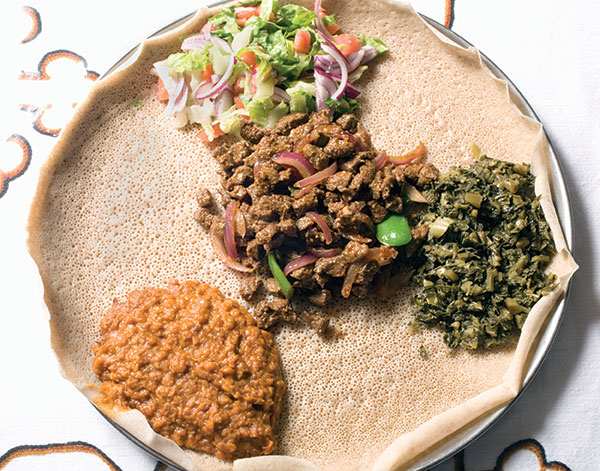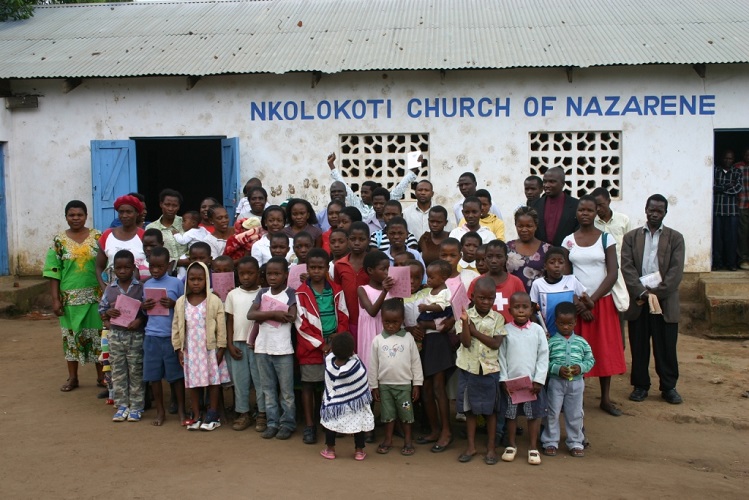Ang kultura ng Aprika ay sumasaklaw at kinabibilangan ng lahat ng mga kultura na nasa loob ng kontinente ng Aprika. Mayroong pagkakahating pampolitika at panglahi sa pagitan ng Hilagang Aprika at ng Aprikang Subsaharano, na nahahati-hati pa sa isang malaking bilang ng mga kulturang etniko.Sari-sari at masigla ang mga kulturang Aprikano, at katulad ng karamihan ng iba pang mga kultura ng mundo, naapektuhan ito ng mga puwersang panloob at panlabas.
Ang Aprika ay naka-impluwensiya at naimpluwensiyahan ng iba pang mga kontinente sa mundo. Sila ay umaangkop sa takbo ng modernong panahon at nakikiuso, imbis na sila'y manatili lamang sa kanilang tradisyonal na pamumuhay.





